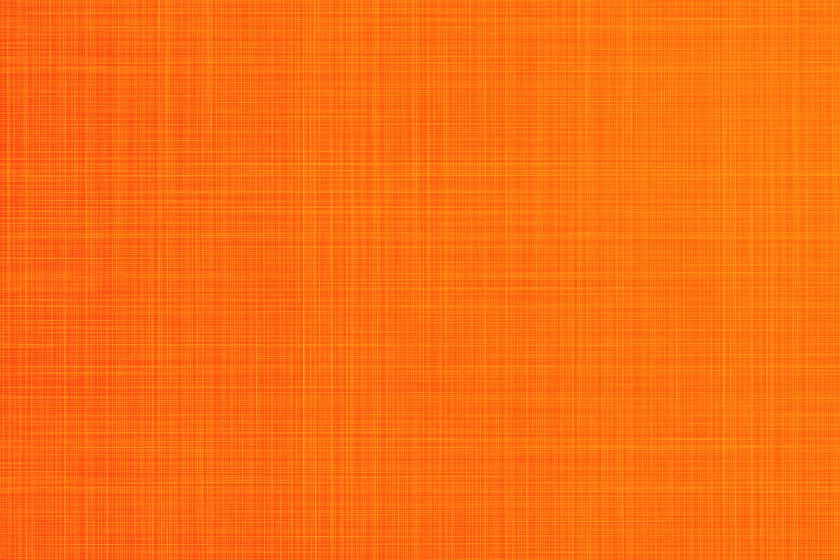Strié painting is a decorative faux finish that gives walls the appearance of being covered with fine fabric. The technique utilizes brushes and paint glaze to create a soft, subtle striped appearance on walls without the hassle of applying wallpaper. Keep reading below to learn how to apply paint to your walls with this method for an elegant and textured effect.
Step 1: Prepare the Room
Remove furniture from the room in which you’re working or place it in the center of the room and cover with drop cloths. Place drop cloths or tarps on the floor and remove fixtures, window coverings, switch plates and outlet covers. Use painter’s tape to protect windowsills, baseboards, door hinges, the ceiling perimeter and anything else that you don’t want to get paint on.
Use a sponge or cloth to wipe down the walls with mild detergent and water and allow it to dry. If walls have small cracks, holes or other damage, apply spackling compound with a putty knife. Once it dries, sand with fine-grit sandpaper. For extensive drywall damage, see How to Patch Drywall to see how to make larger repairs.
Helpful Tip
If you need to make repairs, add an extra day to your plans to give the compound time to dry.
Step 2: Prime
Apply True Value EasyCare Ultra Premium Interior Primer/Sealer with a brush or roller and paint widthwise in 6′ sections, using a zigzag pattern of overlapping “W” strokes. Move from right to left, then left to right, spreading evenly with vertical strokes. Let it dry thoroughly. Add another coat if your walls were stained or repaired.
Safety Alert!
Open the windows to make sure you’ll be priming and painting in a well-ventilated area.
Step 3: Paint a Base Coat
Apply True Value EasyCare Ultra Premium Interior Paint using the same technique you used for priming. Wait until the paint is essentially dry to the touch and then apply a second coat. Let it dry for approximately 24 hours. You don’t have to let the paint completely dry between coats, but the longer you wait the better your results will be. You can use any paint color for your base coat, but keep in mind that it should contrast with the top coat to form the striations. The larger the contrast between colors, the more conspicuous the striations will appear. Your top coat ideally should be darker than the base coat. Painting a base coat in a shade of white is a safe bet to provide the needed contrast with any number of top coat colors.
Helpful Tip
Practice on a piece of cardboard to get an idea of how your colors will work together and how the striations will appear in the finished product.
Step 4: Prepare Paint/Glaze Mixture
In order for the strié effect to be visible, you must use a different color that will contrast with the base coat you already painted. It also helps to “water down” your top coat color with acrylic glaze. Mixing paint with glaze thins out the top coat so that it’s easier to brush through and create the strié effect.
In a paint bucket, mix together paint and glaze with glaze being the predominant ingredient. A 5:1 glaze/paint ratio allows you to work without the mixture drying too quickly. You can also try other mix ratios: 4 parts glaze to 3 parts paint or 4 parts glaze to 1 part paint. Test the mixes on a piece of cardboard to see which works easiest and most effectively for you.
Step 5: Create Strié Effect
Apply the glaze/paint mixture using a roller and vertical strokes from top to bottom. Don’t paint in diagonal strokes as you did when painting the wall. Do small sections of the wall at a time (3’ to 4’ of wall surface) so that the glaze doesn’t dry prematurely. Next, drag a large, long-bristled paintbrush through the coat of glaze/paint from top to bottom in long, soft, vertical strokes. Wipe the brush on a rag and then repeat the process along the rest of the wall, slightly overlapping the previous section each time.
Step 6: Finish Up
Let the top coat dry completely and then evaluate the results. Remember, you can always easily start over if need be — unlike wallpaper which can be a hassle to remove and redo. Pick up your drop cloths or tarps and close up your paint cans. Dispose of used paint appropriately. Clean your brushes and other tools with warm, soapy water. Thoroughly rinse your roller covers and brushes in water until it runs clear, then place them in a brush/roller spinner, if you have one, to remove excess liquid. Store in their protective sleeves or hang them on nails or hooks. Pick up drop cloths carefully, making sure you don’t spread around any paint that may have gotten on them. Next, remove painter’s tape at a 45-degree angle to avoid removing any fresh paint. Remember that the longer it stays on, the harder it is to remove.
Good job! You’ve added elegant texture to your walls without the need for difficult and messy wallpaper.
Project Shopping List
Here’s what you’ll need to complete this project successfully.
- Drop cloths
- Painter’s tape
- Sponge or cloth
- Mild detergent
- Spackling compound
- Putty knife
- Fine-grit sandpaper
- EasyCare Ultra Premium Interior Primer/Sealer
- Paintbrush
- Roller applicator
- EasyCare Ultra Premium Interior Paint
- Scrap cardboard
- Acrylic glaze
- Paint bucket
- Long-bristled paintbrush
- Rag
- Brush/roller spinner (optional)












